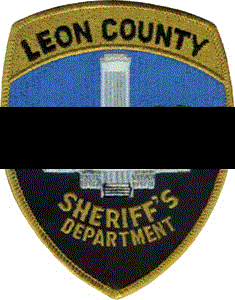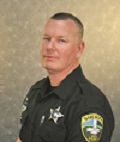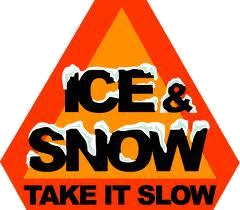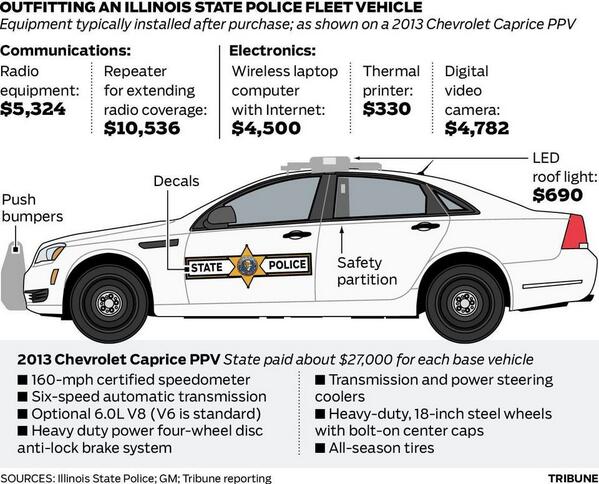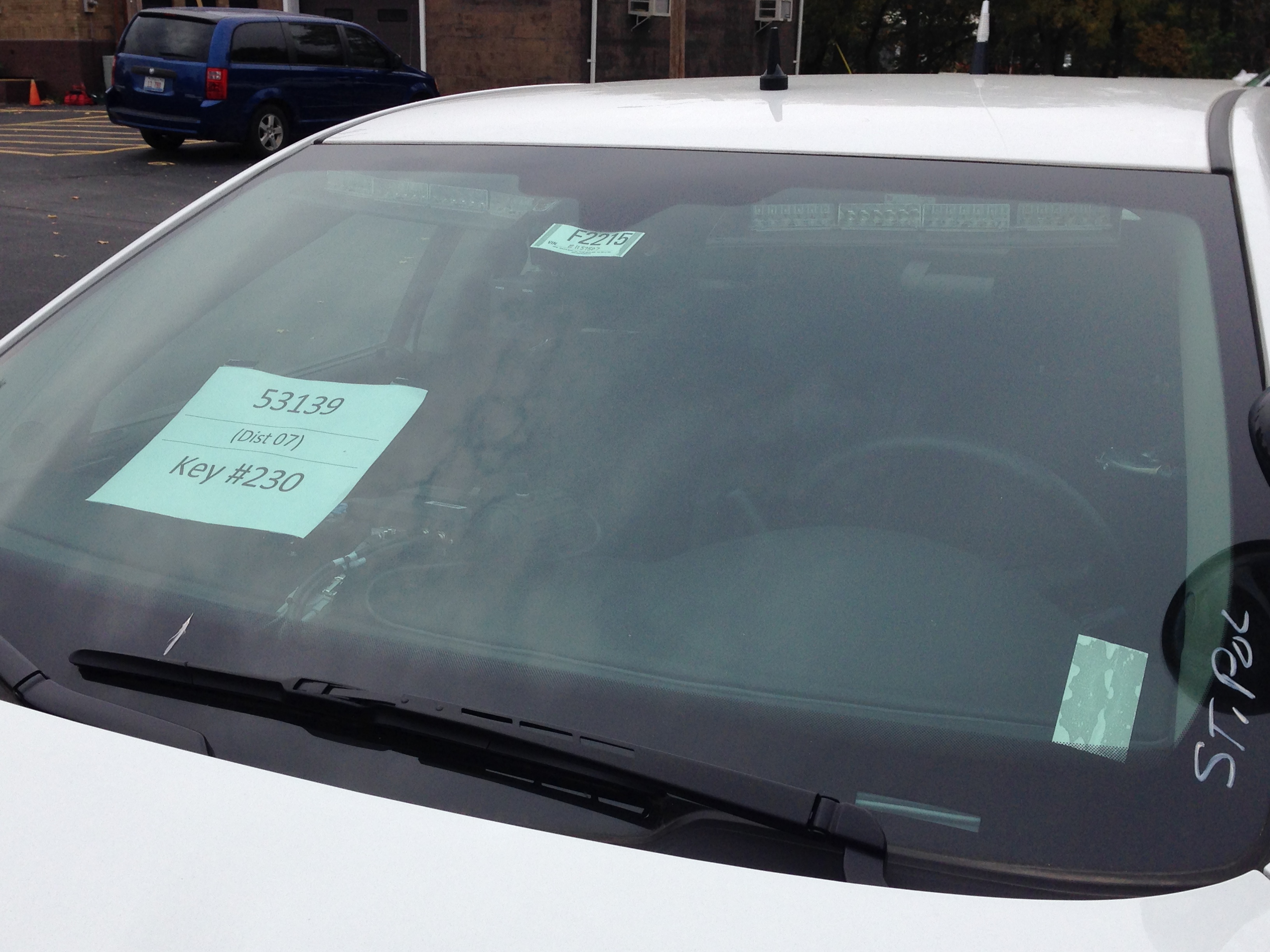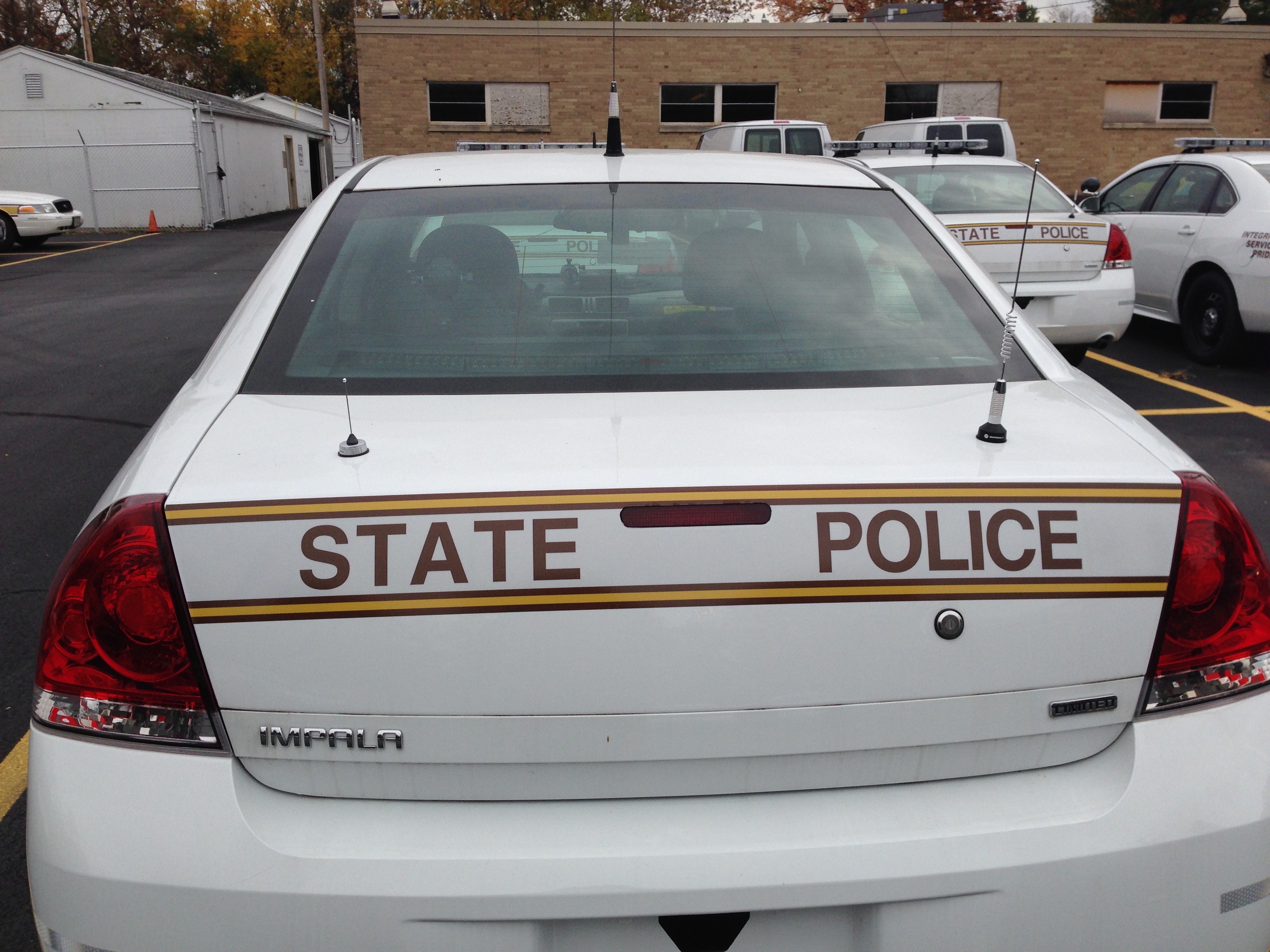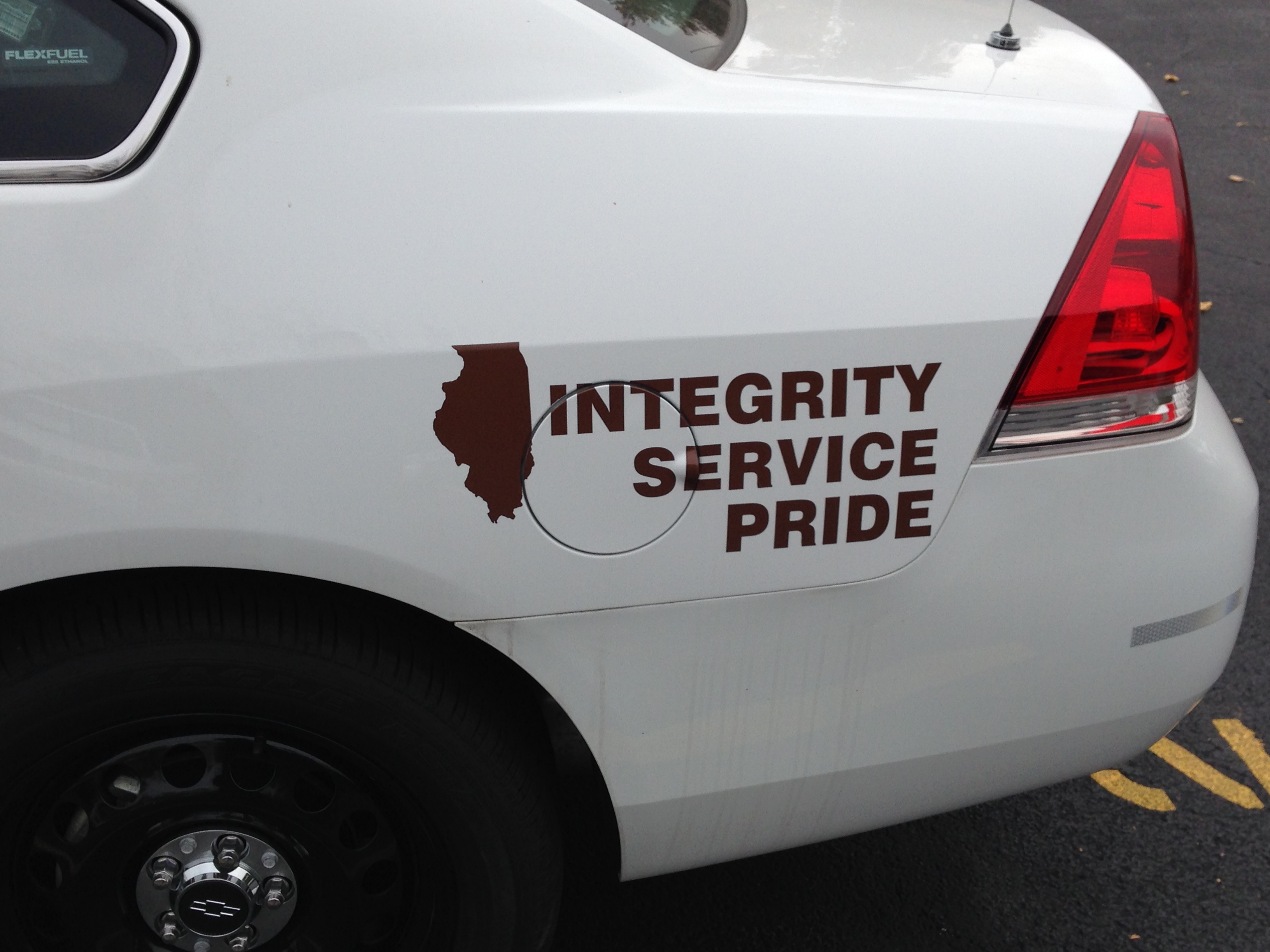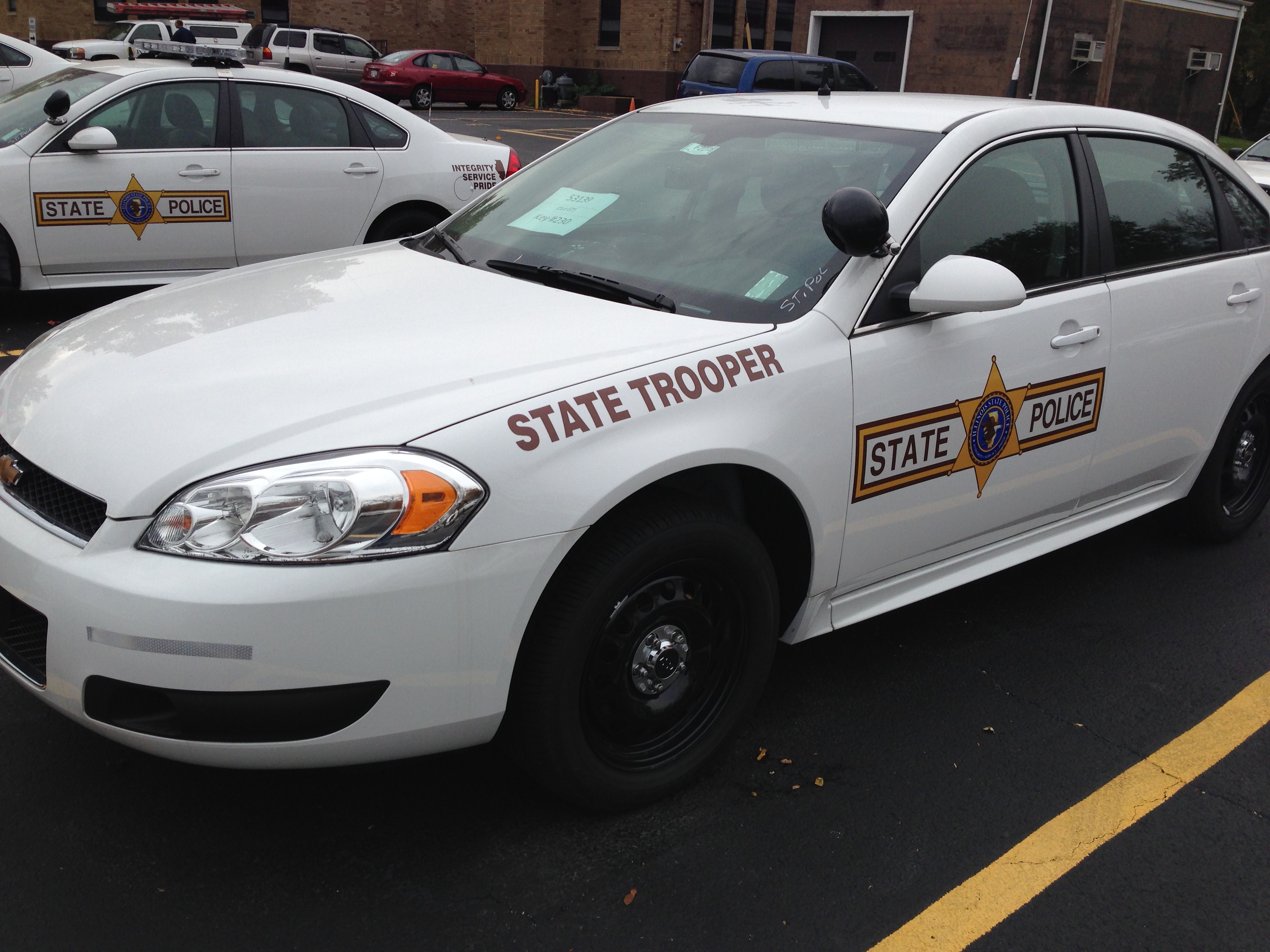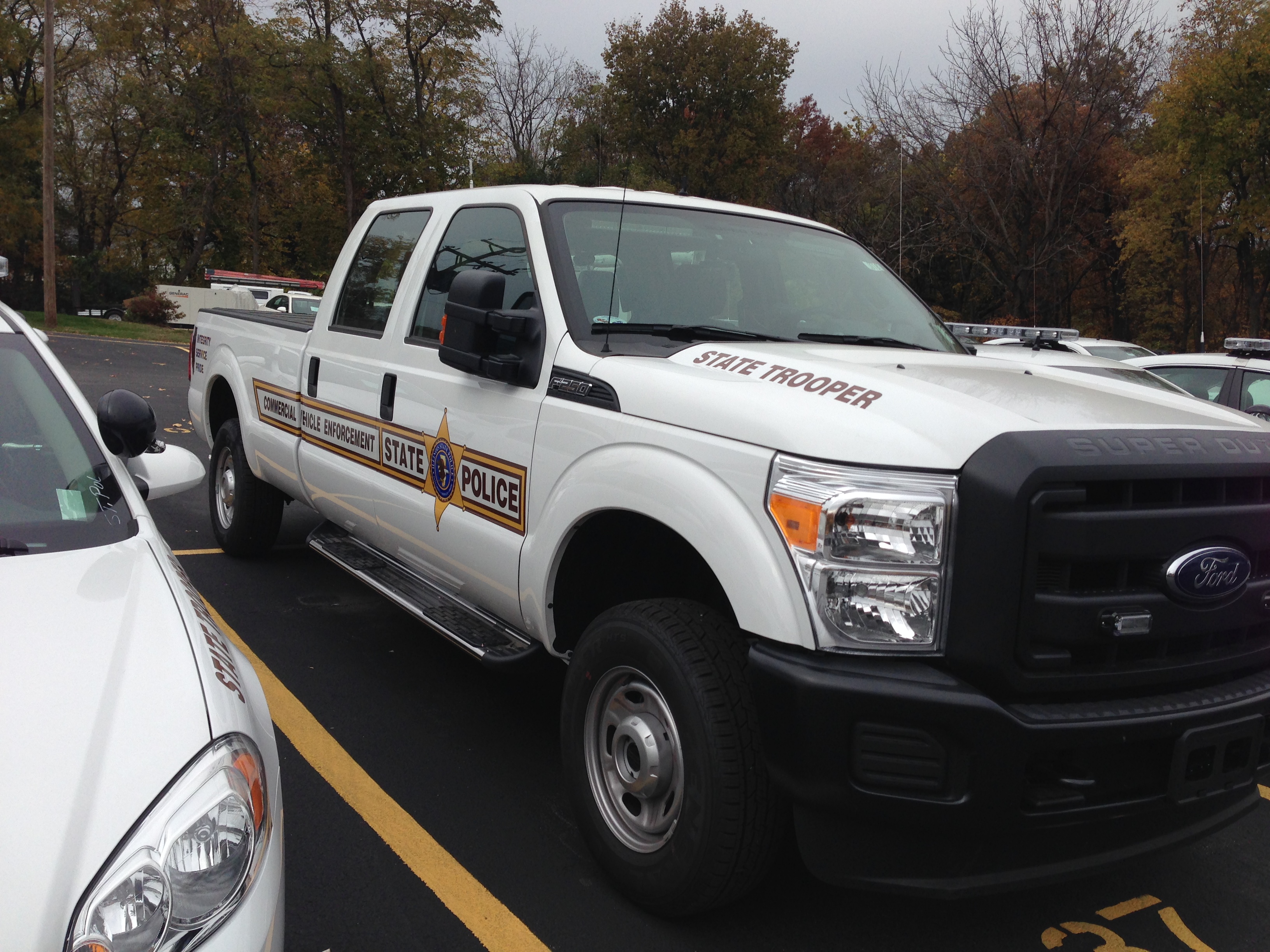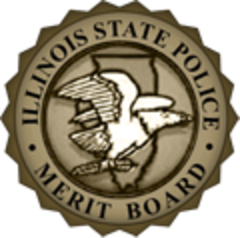On November 22nd, 2014, the Leon County Sheriff’s Office lost a respected member of its family. Deputy Chris Smith was killed in the line of duty while responding to a house fire where he was ambushed by an armed suspect shortly after arriving on scene. Our community and families are in mourning for this loss. Deputy Christopher L. Smith was 47 years old. He was a loving Christian man who loved his wife and his children most of all. Deputy Smith began his law enforcement career as a Dispatcher with the Jefferson County Sheriff’s Office in 1989. From 1991 through January 2009, Deputy Smith served as a Correctional Officer and then a Deputy Sheriff with the Jefferson County Sheriff’s Office. He was hired as a Deputy Sheriff by Sheriff Campbell January 20, 2009 and was assigned to Uniform Patrol Bureau where he served until his death. Deputy Smith will be greatly missed by his co-workers and all of the LCSO family. We will be posting Information here concerning arrangements as it becomes available. Please keep Deputy Smith’s family in your thoughts and prayers as we join them in this time of mourning. Leon County Sheriff Press Release
Press Release: Leon County Sheriff’s Office
November 22, 2014 – 4:15pm
At 10:15 a.m. on November 22, 2014, the Leon County Sheriff’s Office, along with the Tallahassee Police Department and the Tallahassee Fire Department responded to a house fire at 3722 Caracus Court. As the deputies arrived on scene first, the suspect launched an armed ambush attack. One deputy was immediately shot and killed. The other deputy engaged the suspect and was shot also. The suspect took the fallen deputy’s firearm and began walking North on Caracus Court actively shooting at the first responders as they arrived on the scene.
Responders from the Tallahassee Fire Department were also shot at by the suspect as they arrived to fight the fire. Tallahassee Police Officers responded to the area and engaged the suspect, shooting him and killing him.
Multiple agencies have responded to the scene and are assisting with this investigation as it continues to unfold. Members of the Tallahassee Police Department, the Tallahassee Fire Department, Leon County Emergency Medical Services, the State Attorney’s Office, the State Fire Marshal’s Office, the Florida Department of Law Enforcement and the Bureau of Alcohol, Tobacco and Firearms.
This incident is still active and on-going.
Press Release: City of Tallahassee
November 22, 2014 – 4:35pm
Tallahassee Fire and Police this morning, November 22, responded to an incident where a Leon County Sheriff’s Deputy was killed in the Plantation Woods Subdivision in Leon County. Another deputy was wounded and the suspect was also killed. Details are still unfolding with City emergency responders assisting the Sheriff’s Office, which is the lead agency on the incident.
“Our fire and law enforcement officers put the safety of others above all else,” said Tallahassee Mayor Andrew Gillum. “It is almost unimaginable that a call for help turned into the ambush of a Leon County Sheriff’s Deputy and the shooting of another deputy by the assailant. Every one of these first responders is a hero and our hearts go out to them and their families.”
“As a community, the events of this week – that I can only describe as senseless violence – are troublesome and weigh heavy on our hearts,” he added. “Yet, how we come together as a community will make us stronger and bring us closer together. I know the people of Tallahassee will remain united as we pull together to support the victims, law enforcement and each other.”
Tallahassee Fire and Police will work closely in partnership with the Leon County Sheriff’s Department as more information becomes available.


